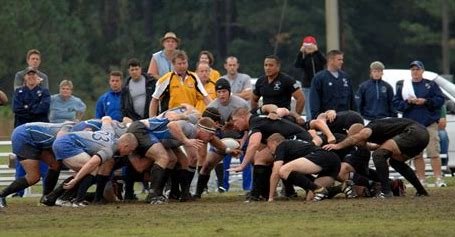Fun with scrums
On a warm Friday morning in July 1988, I was in my CP Ottawa news cubicle half-listening to a closed-circuit video feed from the House of Commons. Question Period starts at 2:15 p.m. but on Fridays it moves to 11:15 a.m. to give MPs a head start on flying back to their ridings for the weekend. Many actually leave Thursday night, so Friday attendance is thin, the B-team. The prime minister rarely appears Fridays, and few ministers bother to show up.
A backbencher, Jim Jepson, stood that day to lob a question to Health Minister Jake Epp. Jepson and Epp were both Progressive Conservatives under Prime Minister Brian Mulroney, so I knew it would be friendly and that Epp expected the question. As health reporter, I perked up.
Jepson asked about a “morally repugnant” plan by researchers at Dalhousie University to use brain tissue from aborted fetuses for transplants. “Can the Minister assure this House that there will be no federal funds awarded to any university, institution or organization which would try to carry out this despicable practice?”
Epp, a social conservative opposed to abortion, jumped right in. Hansard records him as saying the research was “ethnically” wrong, but I’m pretty sure he said “ethically.” With regard to federal funding, he said: “this Minister will not approve such a procedure.”
My news corn twitched. Had Epp implemented a funding freeze? I dashed to Parliament Hill to catch the minister leaving the Commons chamber, wondering whether anyone else had twigged to the news. I intercepted him in the foyer, alone, hoping for an exclusive.
No such luck. I had just started to press Epp for clarification when reporters surrounded us, like ball bearings to a magnet. Squinting in the TV lights, I asked all the questions and my colleagues got all Epp’s answers. Farewell exclusive, hello scrum.
Media scrums are gangs of journalists swarming a public figure. The term, adapted from rugby, is said to date from the late 1960s, when reporters thronged around the quiet-spoken Pierre Trudeau, the better to hear him. Media scrums are regarded as peculiarly Canadian, but they happen in other countries as well, though often called something else, such as media stand-ups. Critics disdain them as pack journalism.
COVID-19 has killed media scrums for the last two years, for obvious public health reasons. Will they come back? They do have value as impromptu news conferences, informal and spontaneous. To prime ministers, they’re unseemly. Brian Mulroney would mount the stairs to get above the fray and appear statesmanlike when being peppered with questions. Stephen Harper preferred his portable podium, and boycotted the National Press Theatre, where reporters ran the show. At Harper news conferences, political aides scribbled down a list of journalists allowed to ask questions. The list prompted a limp boycott by the Parliamentary Press Gallery, with key news groups acceding to Harper’s terms.
COVID-19 has forced a default to the bloodless media availability or news conference. Formal and awkward, these encounters are drained of repartee, fostering mini-speeches rather than dialogue. Reporters can’t readily interrupt off-topic babble. There are time limits. Questions are rationed. Favoured journalists often get the spotlight. Remote dial-in access and web links make things even more stilted.
Media scrums also have their drawbacks, to be sure, such as fostering group-think and discouraging thoughtful explication. They’re toxic to reportorial enterprise and exclusivity, as I was reminded in that Jake Epp scrum. But their unscripted chaos can still provide a direct measure of a public figure’s character, honesty and intentions. May they survive the plague.
Feb. 4, 2022


